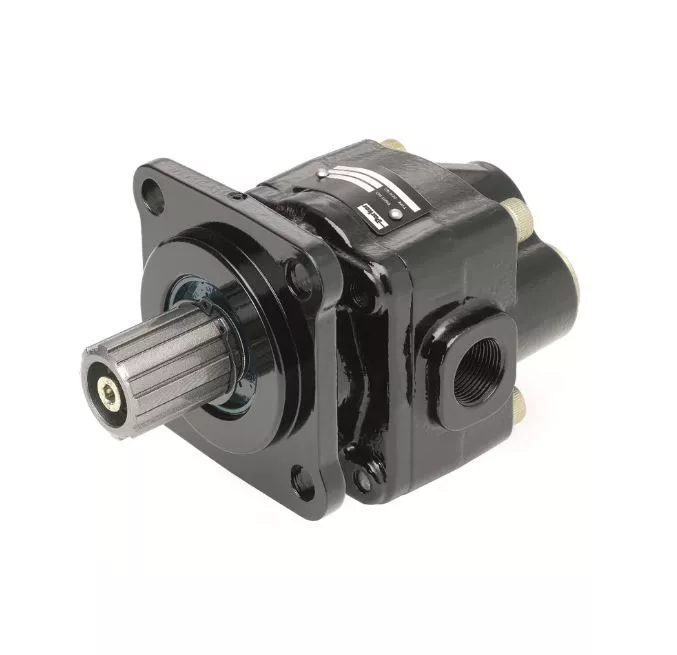Operation of Gear Pumps - Everything You Need to Know
The operation of gear pumps is not widely known, yet it is one of the most common and simple types of hydraulic pumps used extensively in hydraulic systems. Its operation is based on the rotation of gears, which pump fluid through the system.
At MPH, we offer a wide range of gear pumps, making it easy to find the ideal product for your needs. We exclusively carry reliable models from well-known manufacturers, ensuring dependable performance and long lifespan. If you have any questions, feel free to consult our expert staff, who can provide valuable advice and information.
Structure of a Gear Pump
This component is characterized by a simple structure, consisting of only a few essential parts:
- Housing: The gears rotate within a sealed housing that contains and directs the fluid.
- Gears: The housing contains two main gears: a drive gear, which receives power from the motor, and a driven gear, which is indirectly powered by the motor through the drive gear.
- Inlet and Outlet Ports: The pump has an inlet side where hydraulic fluid enters and an outlet side where it exits.
How Gear Pumps Work in Practice
The drive gear receives power from an external source, typically a motor, and rotates the other gear. As the gears rotate toward the inlet port, the teeth separate at the points of contact, creating a vacuum at the inlet. This allows hydraulic fluid to flow into the pump.
As the gears rotate, they push the fluid against the housing walls and transport it within the gaps between the gear teeth toward the outlet.
When the gears reconnect, the fluid is pushed toward the outlet, where the closely meshed teeth prevent it from flowing back. This increases the fluid’s pressure, allowing it to exit through the outlet at sufficient pressure to reach all parts of the hydraulic system.
Advantages and Disadvantages
This type of pump has a simple structure, making it easy to manufacture, with few moving parts, which reduces the likelihood of malfunction. The OMFB gear pump is one of the most reliable models on the market, ideal for medium-pressure and medium-flow systems.
Its compact size aids in integration and makes it highly suitable for areas with limited space where a powerful hydraulic device is required.
One of the most significant drawbacks of gear hydraulic pumps is that they operate with a constant displacement. This means that the fluid output depends on speed and cannot be adjusted for different operating modes.
The gear type is not the most modern option, and its efficiency is lower than that of modern piston pumps, so it’s worth considering which type suits your needs.
The high noise level associated with gear pump operation is also a disadvantage. The friction caused by the rotation of the gears typically results in louder operation than other types of pumps.
If you have questions about gear pumps, other products, or hydraulic system operation, please feel free to contact us through any of our channels.


